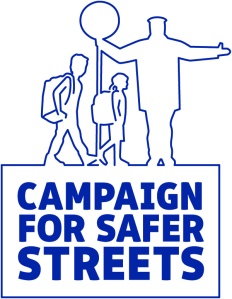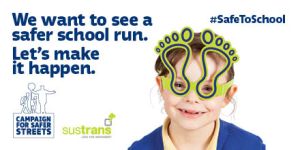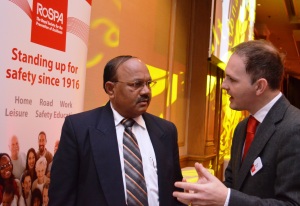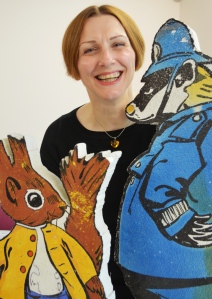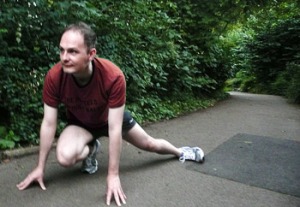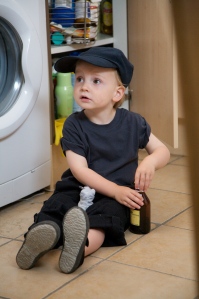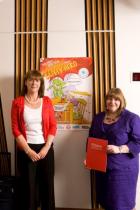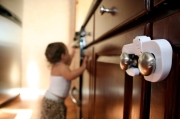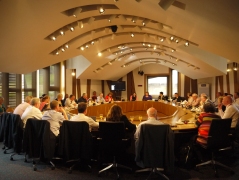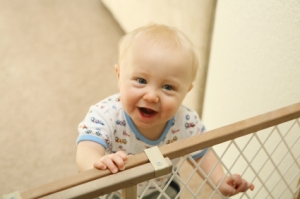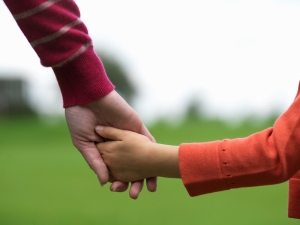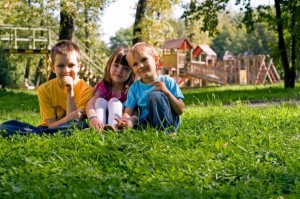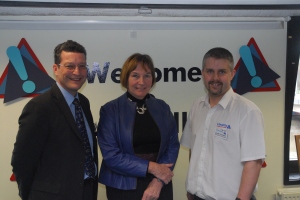Marianne Matthews, from Harrow, was celebrating the birth of her first child Eric when, within weeks, he had died after having been carried in a baby sling. Marianne explains what happened.
I write this blog in memory of my first child Eric, and with the hope that this message will help prevent more tragedies like ours.
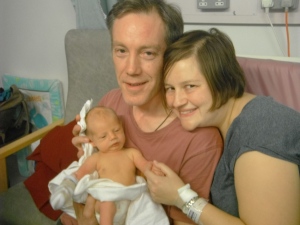
Parents Marianne and Bob Matthews with Eric when he was first born.
Eric was four-weeks-old when he became unconscious while I was carrying him in a stretchy wrap baby sling – soft fabric that wraps around the chest and waist and holds baby, allowing a parent to keep their hands free as they go about their everyday tasks.
As a new parent, you get marketed at relentlessly with baby products. I wasn’t fully aware of the risks involving baby slings, and you never think these kinds of tragedies are something that will happen to you. The dangers of slings were not mentioned in the antenatal classes we attended, or in any of the baby books we read. Maybe because baby slings are newly popular, safety warnings aren’t yet part of the standard information given to expectant parents.
I bought a stretchy wrap sling online. It came with minimal instructions and had no safety label.
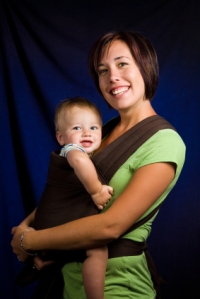
The safest method is in a carrier that keeps the baby solidly against the parent’s body, in an upright position.
It was Christmas Eve 2013 and Eric was quite unsettled so I put him in the sling and took him out for a walk to the local shop. He started to get a bit hungry and I tried to breastfeed him whilst carrying him. I then decided to go home. At the time I thought Eric was just falling asleep.
Everything happened so quickly and quietly I didn’t realise that something was very wrong. He had either choked or got into difficulties. By the time I got back, he had stopped breathing.
We called 999 and tried to resuscitate him. Sadly Eric never regained consciousness, and passed away in our arms a week later on New Year’s Day 2014.
We loved Eric so much and wonder how things went so wrong. Eric was our first child, and as new parents, we were finding out what to do for the first time. Our inexperience was to have tragic consequences, sometimes love just isn’t enough.
Eric is now a big brother, our little girl Sola Eden was born in October 2014, and she really is a miracle for me and my husband Bob, especially as we had her when we were still grieving. I have learned a lot from Eric. I’ll never use a baby sling again. Safety is an absolute priority.
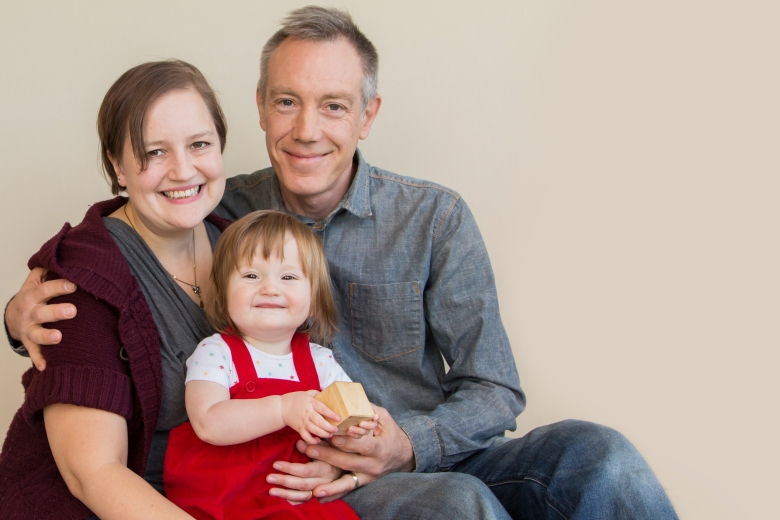
Marianne and Bob Matthews have celebrated the birth of daughter Sola Eden since the tragedy.
My advice is not to use a baby sling for a newborn baby – wait a few weeks until they are stronger and have more neck control. Don’t be tempted to multi-task by feeding a baby in a sling and check for safety standards and warnings before choosing a product.
The part that concerns me most is that some slings are marketed as ‘breastfeeding slings’. In my opinion, the feeding position is unsafe for baby (particularly a newborn) to be carried in, as they need to be kept upright to keep their airways clear. A baby trying to feed may make similar sounds to a baby struggling for breath, or make no sounds at all, and tragedy can occur in a minute or so. Added to this, the use of a sling while out and about may mean there are more distractions, and parents may not be fully aware of what’s happening.
I hope other parents find our story helpful, and it can in some way prevent another avoidable death like Eric’s from happening.
Marianne Matthews.
You can read more on RoSPA’s detailed advice on baby slings at the RoSPA website.
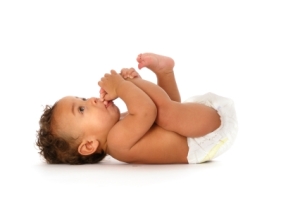
RoSPA is aware of risks attached to these products because a sling’s fabric can press against a baby’s nose and mouth, blocking the baby’s airways and causing suffocation within a minute or two. Suffocation can also occur where the baby is cradled in a curved or “C-like” position in a sling, nestling below the parent’s chest or near their stomach.
Because babies do not have strong neck control, this means that their heads are more likely to flop forward, chin-to-chest, restricting the infant’s ability to breathe. RoSPA advocates products that keep babies upright and allow parents to see their baby and to ensure that the face isn’t restricted. Your baby is safest travelling with you in a pram or pushchair in which they are lying flat, on their back, in a parent-facing position.
